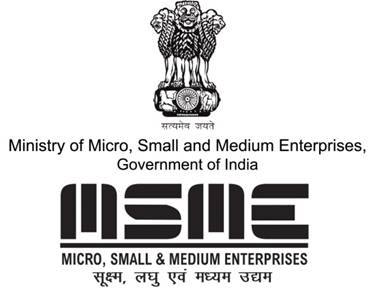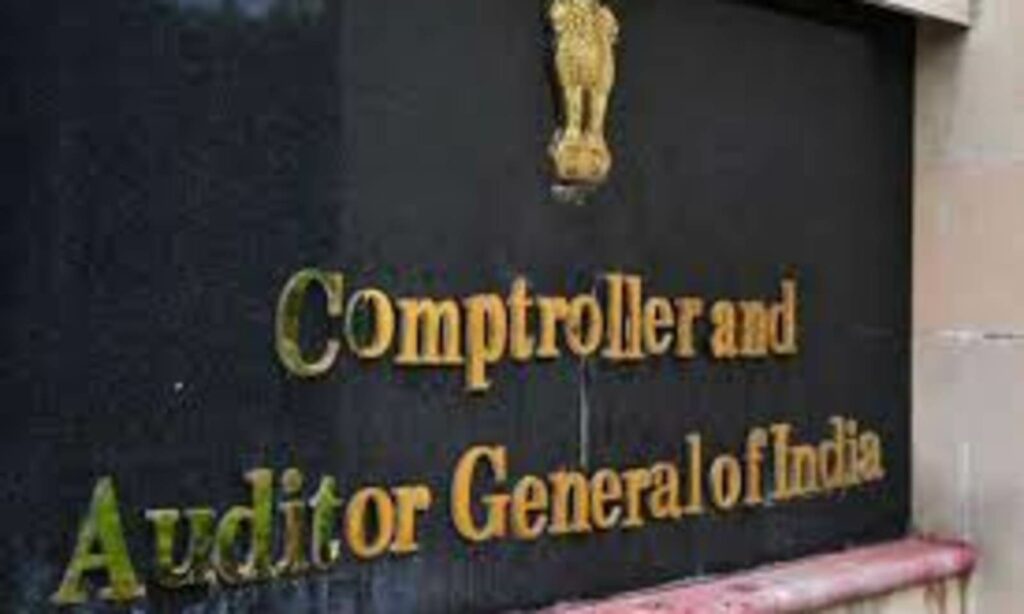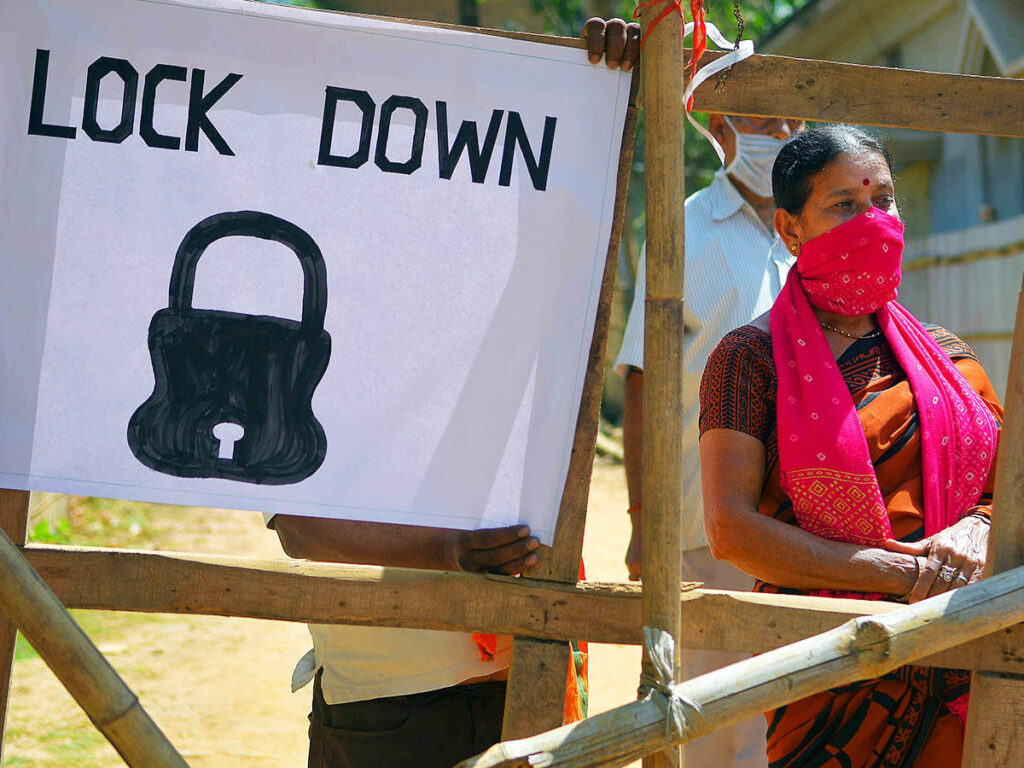Gopabandhu Mohapatra
Recently, the RBI Governor said India’s gross domestic product (GDP) growth will be in the negative territory in 2020-21 as the outbreak of coronavirus has disrupted economic activity. Thus, revenue collection has been impacted severely and even the global economy is heading into a recession. In India, the economy is on stimulus measures to diminish the economic damage done by COVID19 lockdown.

The Government has already announced an economic stimulus package of Rs 20 Lakh Crore (10% of GDP). As part of the Rs. 20 Lakh crore comprehensive economic package, the government announced the Emergency Credit Line Guarantee Scheme (ECLGS) worth Rs. 3 Lakh crore for the MSME sector hit hard by the coronavirus crisis.
Besides, the Reserve Bank of India has taken measures like reducing the repo rate by a further 40 basis points to 4 per cent, extending the moratorium period by three months and facilitating working capital financing, which will also help stimulate the momentum. According to Economic observers, the country’s economic recovery will depend on the efficacy and duration of implementation of the government’s stimulus package.
As the monetary stimulus is expected to inject liquidity and stimulate demand for a wider section of the economy, yet the channelling of funds from the financial institutions will be subjected to several constraints. As such Finance Minister has asked banks to extend loans automatically to eligible borrowers without fear of harassment by 3Cs namely Central Bureau of Investigation (CBI), Central Vigilance Commission (CVC) and Comptroller and Audit General (CAG).

The announcement of new set of measures to trim the impact of coronavirus on the economy, will have its impact on the Gross Domestic Product (GDP), growth of the country and will remain in the negative territory in the Financial Year 2020-21. As we all know, the Gross Domestic Product (GDP) is the total monetary or market value of all the finished goods and services produced within a country’s borders in a specific time period. As a broad measure of overall domestic production, it functions as a comprehensive scorecard of the country’s economic health.
GDP provides an economic snapshot of a country, used to estimate the size of an economy and growth rate. GDP includes all private and public consumption, government outlays, investments, additions to private inventories, paid-in construction costs, and the foreign balance of trade (exports are added, imports are subtracted).

While the measures announced by the government are “positive” and most of them have been directed towards strengthening the supply side of the economy, yet it is to be noted that supply needs to be matched with demand. Assuming that economic activity gets restored in a phased manner in the second half of this year and taking in consideration favourable base effect, it is expected that combined fiscal, monetary and administrative measures currently undertaken by both government and RBI, will create conditions for a gradual revival of activities in the second half of 2020-21.
The combined impact of demand compression and supply disruption will depress economic activity in the first half of the current fiscal. The multiplier effect of the stimulus measures on the economy will depend on three key aspects i.e. the time taken for affecting the withdrawal of the lockdown and the efficacy of implementation and duration of execution of the measures announced. However, the government’s larger-than-expected stimulus package is likely to re-start economic activities very soon.

The question arises, “are we heading towards Recession”? The economists believe that Inflation may remain firm in the first half of the current financial year, and may ease in the later part of the year. The Indian economy is likely to slip into recession in the third quarter of this fiscal as loss in income and jobs and cautiousness among consumers will delay recovery in “consumer demand” even after the pandemic.
However, the RBI governor expressed confidence on the gradual revival of economic activities and increase of demand in the second half of the FY 2020-21. India is seeing a collapse of demand. Private consumption has seen the biggest blow due to the Covid-19 outbreak, investment demand has halted. The government revenues have been impacted severely due to slowdown in economic activity. The GDP growth in 2020-21 is expected to remain in the negative category with some pick up in second half.

Even though the lockdown may be lifted by May end with some restrictions, economic activity even in Q2 may remain subdued due to social distancing measures and the temporary shortage of labour. By Q3 and Q4 of the financial year, it is expected that headline inflation will fall below the target of 4%. Therefore, even as authorities across the country announce several relaxations in the lockdown phase 4.0, it is likely that India might be close to registering a recession in the third quarter of the financial year.
(The writer is a former banker. Views expressed are personal)























Hope we can all see fast recovery of our indian economy. However we all know that it will take some time to get back on the track. Covid-19 pandemic has affected the economy very badly,hope these stimulus measures and comprehensive package by our government can boost our economy in a faster way.